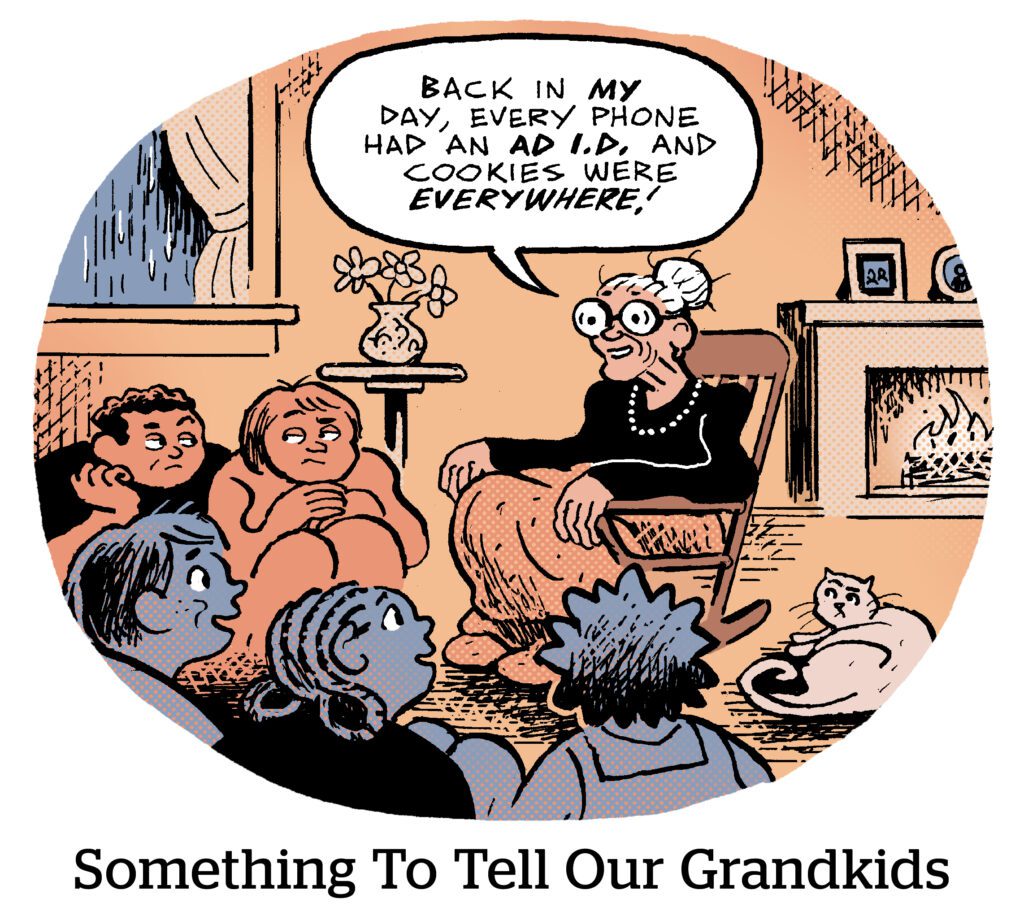Here’s today’s AdExchanger.com news round-up… Want it by email? Sign up here.
Not OK
The European Data Protection Board released an order that deems Meta’s “Pay or OK” model illegal.
The gist of the EDPB opinion is that large online platforms like Meta can’t force users with a binary choice: Pay to access its apps or agree to personalized ads. The EDPB says users must have a third option: A free version of the app with the option to reject data for advertising purposes.
“When more than 90% of users agree to something they don’t want, you don’t need a lawyer to see that it’s not ‘freely given’ consent,” states longtime privacy advocate Max Schrems, founder and chairman of privacy nonprofit noyb.
Other digital media publishers, including European news companies, rely on the pay or OK model, which is fine with the EDPB. Its decision applies to the very biggest platforms.
Meta may now be forced to make the ultimate choice. Will it support a free, ad-based version of its services sans personalized ads? If it can profitably do so, why not? But Meta doesn’t want to create a precedent whereby global markets push to replicate the EU playbook.
The other option is for Meta to pack its bags in the region.
But Meta won’t ditch Europe (yet, at least). So expect the forthcoming release of a subpar version of Facebook and Instagram for nonpersonalized ads users.
The Conquest Con
Scaled ad platforms are all about conquesting.
The major walled gardens justify this tactic on the basis that, well, it works. By profitably generating the purchase of cheaper or different options, they prove that customers want to be shown those sponsored products.
For grocers, however, it’s a tougher proposition. Certain branded products are also used as general keywords (kleenex, q-tip, easy mac, etc.). But someone searching for a specific brand’s product is likely looking for that one thing. And offering direct competitors a chance to poach that customer can rub brand owners the wrong way. Funny, considering everyone seems to accept that behavior from Amazon, Apple, Google and Meta.
But that’s the point. Whether or not a platform embraces conquesting comes down to whether it has the leverage to do so without concern about advertiser blowback.
Which is why it’s notable that Walmart recently added and sharpened its conquesting tools. Walmart Connect started allowing competitor search term-based targeting late last year.
A new insights product now gives advertisers data on whether they’re losing or gaining share to in-category rivals, Ad Age reports. Amazon began disclosing similar insights in 2022 – no doubt in the hope that it would spur additional conquesting and branded search defense.
Ads, Ads Everywhere
Roku is looking for more ad supply.
It awaits the granting of a patent for technology that would insert ads across just about any device connected to a Roku-operated TV via an HDMI cable, including gaming consoles and Apple TV players.
If someone streams Apple TV or plays an Xbox game using their Roku device, for example, Roku could theoretically inject ads during a pause or break. It’s still unclear how ad revenue sharing would work, but the patent indicates Roku’s intention to turn everything it touches into ad supply.
Roku quietly filed for the patent over the summer, “quietly” being the operative word, Techdirt reports. Viewers hate when TV distributors force ads where they’re not wanted.
Case in point: A bug in Samsung TVs caused muted Pepsi commercials to play repeatedly over movies streamed through Plex in 2015. It’s a sign that, in the television operating system background, smart TV players are trying to control more inventory within content they don’t own, The Register reports.
Guess Roku isn’t alone in its hunt for supply.
But Wait, There’s More!
Most marketers today are “data janitors.” They spend more than 40% of their time cleaning up data so that it’s usable for campaigns and analysis. [Forbes]
TikTok Shop is second only to Amazon in customer retention. [Business Insider]
Why video game makers are adopting programmatic advertising. [Ad Age]
Apple’s ad transparency tools don’t properly reveal paid influence. [9to5Mac]
Publishers test a new TikTok feature that adds links to organic videos. [Digiday]
You’re Hired!
SurveyMonkey promotes Priya Gill to global head of marketing. [release]
James Cowan joins Odeeo as US commercial lead. [release]
















